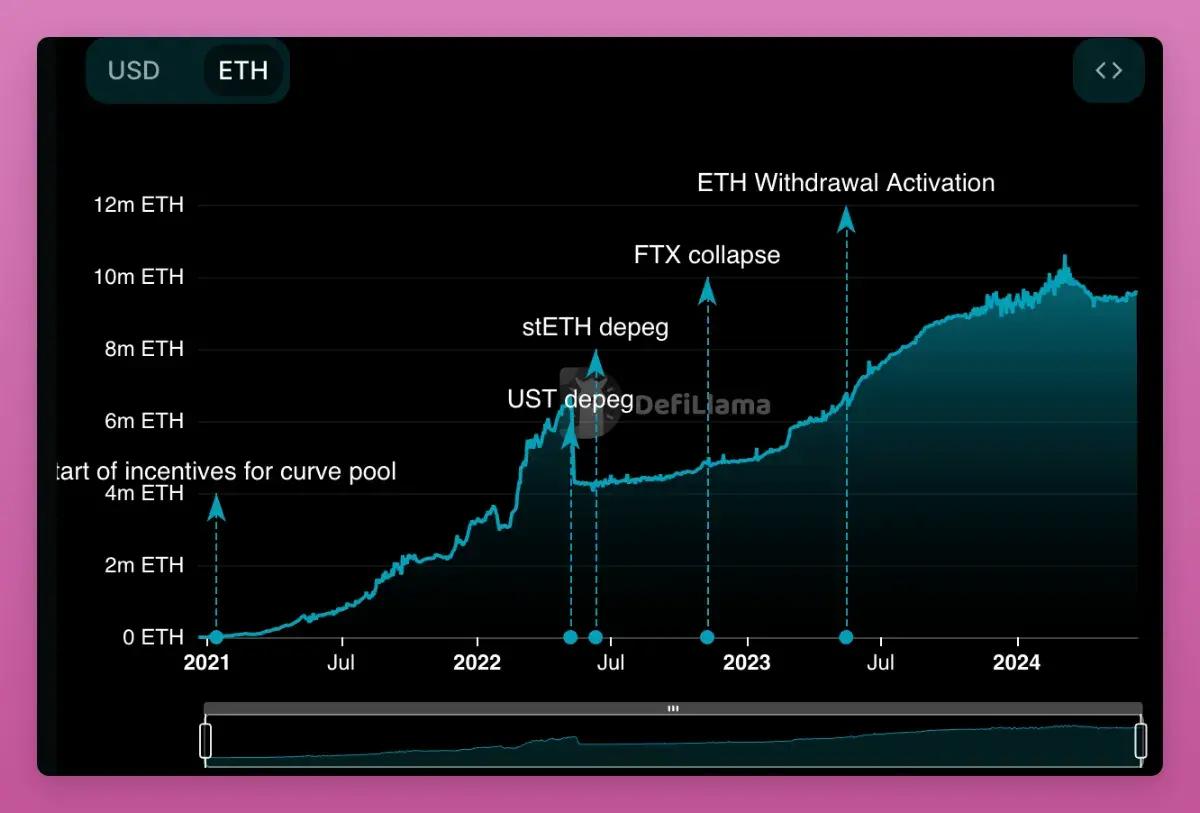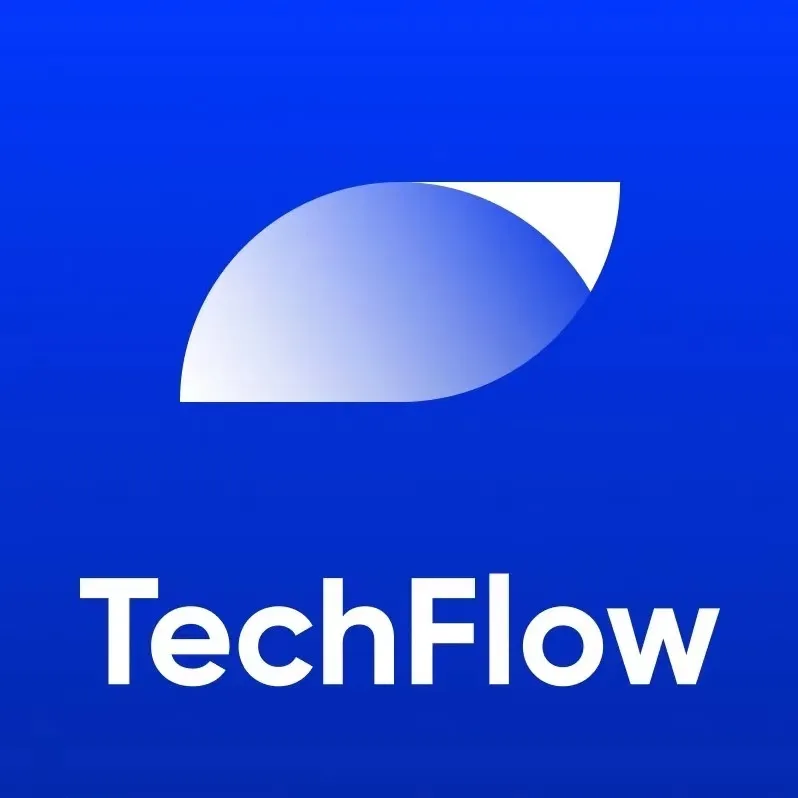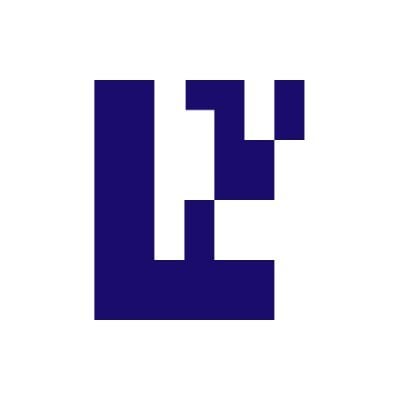The Restaking War has begun. Who will come out on top, Symbiotic, Eigenlayer, or Karaka?
Original Title: “The Restaking Wars: Eigenlayer vs Symbiotic”
Author: IGNAS | DEFI RESEARCH
Compiled by: Deep Tide TechFlow
This week, I originally planned to write a blog post about emerging trends in cryptocurrency, but due to the sudden launch of Symbiotic and its deposit cap reaching nearly $200 million in just one day, I had to shift my focus to restaking. Emerging trends can be set aside for now, but the opportunity for high-yield airdrops cannot be missed.
Currently, with Karak added, we have three restaking protocols. So, what are the differences between these protocols? How should we respond?
Motivation Behind Symbiotic's Launch
It is rumored that Paradigm had contacted Eigenlayer co-founder Sreeram Kannan for investment, but Kannan chose competitor Andreessen Horowitz (a16z), which led a $100 million Series B funding round. Since then, Eigenlayer has grown to become the second-largest DeFi protocol, with a TVL of $18.8 billion, second only to Lido's $33.5 billion. The FDV of the EIGEN token is $13.36 billion.
Considering Eigenlayer's valuation of $500 million FDV in March 2023, this represents a 25-fold increase in paper profits. Paradigm was not satisfied with this, so it funded Symbiotic, positioning it as a direct competitor to Eigenlayer. Symbiotic raised $5.8 million in seed funding from Paradigm and cyber•Fund.
The competition between Paradigm and a16z is common knowledge (and a joke), but there is a second part to this story.

Cyber Fund is the second-largest investor in Symbiotic, founded by Lido co-founders Konstantin Lomashuk and Vasiliy Shapovalov. Coindesk reported in May that "those close to Lido believe Eigenlayer's restaking method poses a potential threat to its own dominance."
Lido missed the trend of Liquid Restaked Tokens. In fact, the TVL of stETH has stagnated and decreased by 10% over the past three months. Meanwhile, inflows to EtherFi and Renzo surged to $6.2 billion and $3 billion, respectively.

Using LRT for restaking is particularly attractive because it offers higher yields, although most of it is effectively points at this stage.
To strengthen Lido's position, Lido DAO launched the "Lido Alliance", with the primary goal of developing a permissionless, decentralized restaking ecosystem.

(Details)
By the way, one of the strategic priorities is to reaffirm that stETH is an LST, not an LRT.

This is good news for us, as we can obtain more tokens and more farming opportunities.
Just a month after initial discussions, key alliance member Mellow launched LRT deposits on Symbiotic, supporting stETH deposits!
But let's take a step back and discuss the differences between Symbiotic and Eigenlayer before diving deeper into Mellow LRT's unique features and farming opportunities.
Symbiotic vs Eigenlayer
Symbiotic: Permissionless and Modular
Symbiotic features a permissionless and modular design, offering more flexibility and control. Its main characteristics include:
Multi-asset support: Symbiotic allows direct deposits of any ERC-20 token, including Lido's stETH, cbETH, etc. This makes Symbiotic more diverse compared to Eigenlayer, which primarily supports ETH and its derivatives.
Customizable parameters: Networks using Symbiotic can choose their collateral assets, node operators, rewards, and slashing mechanisms. This modular design allows networks to adjust their security settings according to their specific needs.
Non-upgradable core contracts: Symbiotic's core contracts are non-upgradable (similar to Uniswap), reducing governance risks and potential failure points. Even if the team disappears, Symbiotic can continue to operate.
Permissionless design: Allows any decentralized application to integrate without approval, providing a more open and decentralized ecosystem.
"Symbiotic" means "to escape competition as one would flee from flames, as selflessly as possible and as unyieldingly as possible," described Symbiotic co-founder and CEO Misha Putiatin to Blockworks.
Misha also told Blockworks, "Symbiotic will not compete with other market participants, so there are no native staking, rollup, or data availability products." When dApps launch, they typically need to manage their own security models. However, the permissionless, modular, and flexible design of Symbiotic allows anyone to use shared security to protect their networks.
Misha stated, "The goal of our project is to change the narrative - you don't have to launch locally - launching on us, on shared security, is safer and easier."
In practice, this means crypto protocols can launch native staking for their native tokens to enhance network security. For example, Ethena collaborates with Symbiotic to provide USDe cross-chain securities using staked ENA.
According to a Symbiotic blog post, Ethena is integrating Symbiotic with LayerZero's decentralized validator network (DVN) framework to bring Ethena assets (like $USDe backed by staked $ENA) into play. This is the first of several components in their infrastructure and system that will seek to leverage staked $ENA.
Other use cases include cross-chain oracles, threshold networks, MEV infrastructure, interoperability, shared sequencers, etc. Symbiotic launched on June 11, with stETH's deposit cap reached within 24 hours.

Eigenlayer: A Managed and Integrated Approach
Eigenlayer adopts a more managed and integrated approach, focusing on leveraging the security of Ethereum ETH stakers to support various dApps (AVS):
Single asset focus: Eigenlayer primarily supports ETH and its derivatives. This focus may limit its flexibility.
Centralized management: Eigenlayer manages the delegation of staked ETH, with node operators validating various AVS. This centralized management helps streamline operations but may also lead to bundling risks, making it difficult to accurately assess the risks of individual services.
Dynamic market: Eigenlayer provides a decentralized trust market, allowing developers to use pooled ETH security to launch new protocols and applications. Risks are shared among pool depositors.
Slashing and governance: Eigenlayer's management approach includes specific governance mechanisms for handling slashing and rewards, which may offer less flexibility.
To be honest, Eigenlayer is an extremely complex protocol, and the risks and overall functionality exceed my understanding. I had to compile criticisms from various sources in this section. One is the network fund itself. I do not favor either side, and I believe the comparison between Symbiotic and Eigenlayer will be very popular among DeFi enthusiasts.
Mellow Protocol: Modular LRT
The most striking aspect of Symbiotic's launch is its upper-layer LRT protocol, Mellow. As a member of the Lido Alliance, Mellow benefits from Lido's marketing, integration support, and liquidity guidance.
As part of the deal, Mellow will reward Lido with 100,000,000 MLW tokens (10% of the total supply), which will be locked in the Lido Alliance corporate entity after TGE. These tokens will be subject to the same vesting and cliff terms as team tokens: a 12-month cliff after TGE, followed by a 30-month vesting period starting after the cliff (edited based on feedback received).
The alliance proposal also mentions two additional benefits:
Mellow will help disseminate Lido's geographical and technical decentralization efforts beyond Ethereum validation.
Lido node operators can launch their own composable LRTs and control the risk management process by choosing AVS that suit their needs, rather than facing AVS imposed by LRT or restaking protocols.
The impact of the partnership will take time to manifest, but LDO has grown by 9% in 2024. Interestingly, one of the four LRT caps has already reached $42 million before the Lido collaboration tweet below was published.

In any case, if you are familiar with Eigenlayer LRTs (like Etherfi and Renzo), you will know that depositing in Mellow brings double the fun: you can earn both Symbiotic and Mellow points simultaneously. But Mellow is different from Eigenlayer LRT.
What Problems Does Mellow Solve for LRT?
The Mellow protocol allows anyone to deploy LRTs, including hedge funds and staking providers (like Lido). This means the number of LRTs will significantly increase, potentially harming their liquidity and complicating their integration into DeFi protocols.

The advantages of Mellow include:
Diversified risk allocation: Current LRTs often force users to accept a uniform risk allocation. Mellow allows for multiple risk-adjusted models, enabling users to choose their preferred risk exposure.
Modular infrastructure: Mellow's modular design allows shared security networks to request specific assets and configurations. Risk curators can create highly customized LRTs for their needs.
Smart contract risk: By allowing modular risk management, Mellow reduces the risk of vulnerabilities in smart contracts and shared security network logic, providing a safer environment for restakers.
Operator decentralization: Mellow decentralizes the decision-making of operator selection, preventing centralization and ensuring a balanced and decentralized operator ecosystem.
LRT circular risk: Mellow's design addresses liquidity crunch risks caused by withdrawal closures. Current withdrawals require 24 hours.

Interestingly, Mellow specifically mentions that they can launch LRTs on any staking protocol (like Symbiotic, Eigenlayer, Karak, or Nektar). However, I would be very surprised to see a direct collaboration between Mellow and Eigenlayer.
However, I would not be surprised to see the current Eigenlayer LRT protocol collaborating with Symbiotic or Mellow. In fact, Coindesk reported that a source close to Renzo and Symbiotic mentioned that Renzo had already been discussing integration with Symbiotic a month ago.
Finally, the cool thing about the permissionless Mellow treasury is that we are likely to have DeFi tokens' LRT. Think about the ENA LRT token, which is liquidity ENA on Symbiotic, ensuring USDe bridging.
In this cycle, the tokenomics have seen little innovation, but Symbiotic may make holding DeFi governance tokens attractive again.
The Restaking Wars Script for DeFi Degens
As of the writing of this article, there are four LRT treasuries on Mellow, managed by four unique curators, with deposit caps about to be reached.

The timing of the launches of Symbiotic and Mellow LRT is perfect: EtherFi S2 points end on June 30, Renzo S2 is also ongoing, and the Swell airdrop will soon arrive after enabling withdrawal functionality.
I am almost worried about what to do with my ETH after the LRT airdrop expires. Thanks to venture capital and whale games, airdrop players will also reap significant rewards.
At this stage, the game is very simple: deposit in Symbiotic for points, or take greater risks to farm directly on Mellow. Note that since Symbiotic's stETH deposits are full, you will not be able to earn Symbiotic points, but you will earn 1.5 times the Mellow points.
The airdrop game may resemble Eigenlayer's script: Mellow LRT will be integrated into DeFi, and we will see leveraged farms on Pendle and multiple lending protocols. But I believe the Symbiotic token may launch before EIGEN becomes tradable.
In an interview with Blockworks, Putiatin stated that the mainnet may "launch some networks by late summer." Does this mean the token will also launch?
Stealing the thunder of restaking from Eigenlayer may be a wise move, especially considering the market is likely to turn bullish soon and given Symbiotic's aggressive collaboration strategy.
Two partnerships have shocked me the most: The Blockless and Hyperlane. Both protocols were initially partnered with Eigenlayer as shared security AVS, but are they changing alliances?
Perhaps Symbiotic promised more support and token allocations? I need more answers!
In any case, these restaking wars are good for us speculative airdrop players, as they provide more opportunities and may prompt Eigenlayer to launch its token faster.
For Symbiotic, it is still in the early stages, but the early deposit inflows are very bullish. I am currently farming on Symbiotic and Mellow but plan to migrate to Pendle YTs when the strategy opens up.
I believe the expiration date of Pendle's Symbiotic YT token will give us deeper insights into the Symbiotic TGE timeline.
Finally: Karak
Karak is a hybrid, similar to Eigenlayer, but it refers to AVS as Distributed Security Services (DSS). Karak has also launched its own Layer 2 (called K2) for risk management and DSS sandbox testing. However, it is more like a testnet than a true L2.
Karak has attracted over $1 billion in TVL for two main reasons:
Karak supports Eigenlayer's LRT, allowing farmers to earn points from Eigenlayer, LRT, and Karak simultaneously.
Karak has raised over $48 million from investors such as Coinbase Ventures, Pantera Capital, and Lightspeed Ventures.
(More information for reference)
Nevertheless, since its announcement in April, Karak has yet to announce any significant partnerships, LRT protocols launched on Karak, or any exclusive DSS/AVS partners. Hopefully, Karak can accelerate its development pace as Symbiotic is rapidly catching up to Eigenlayer.











